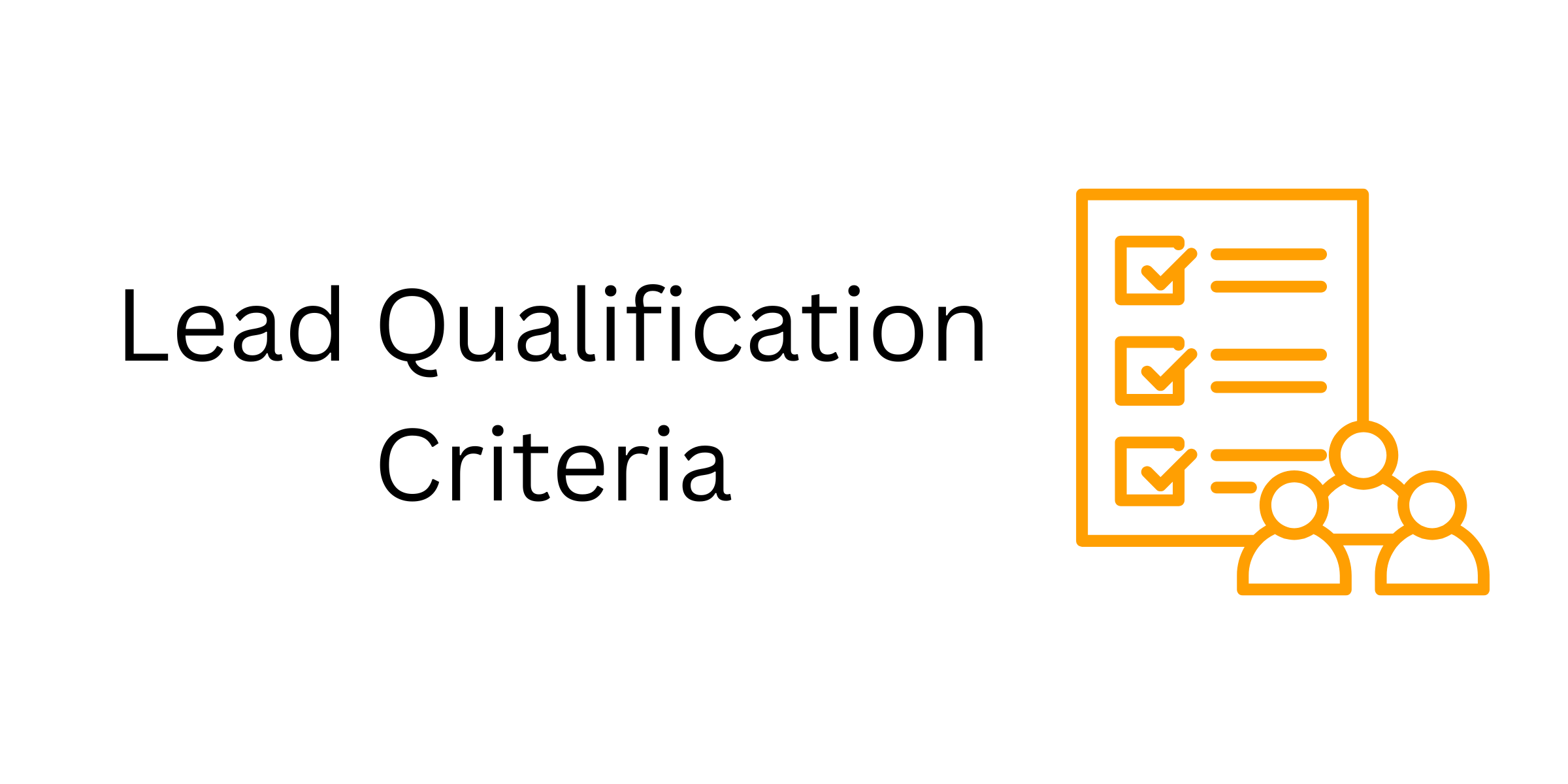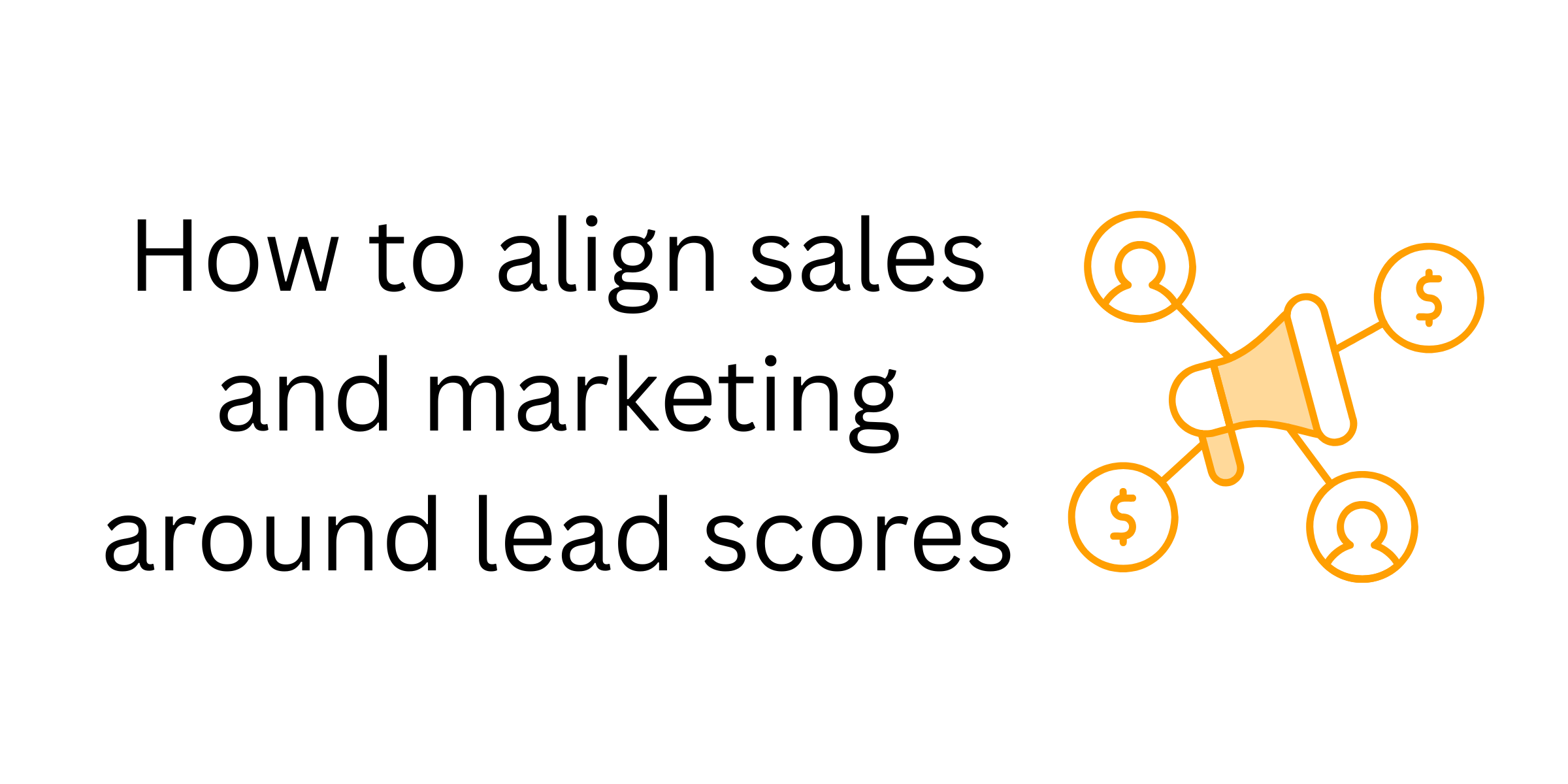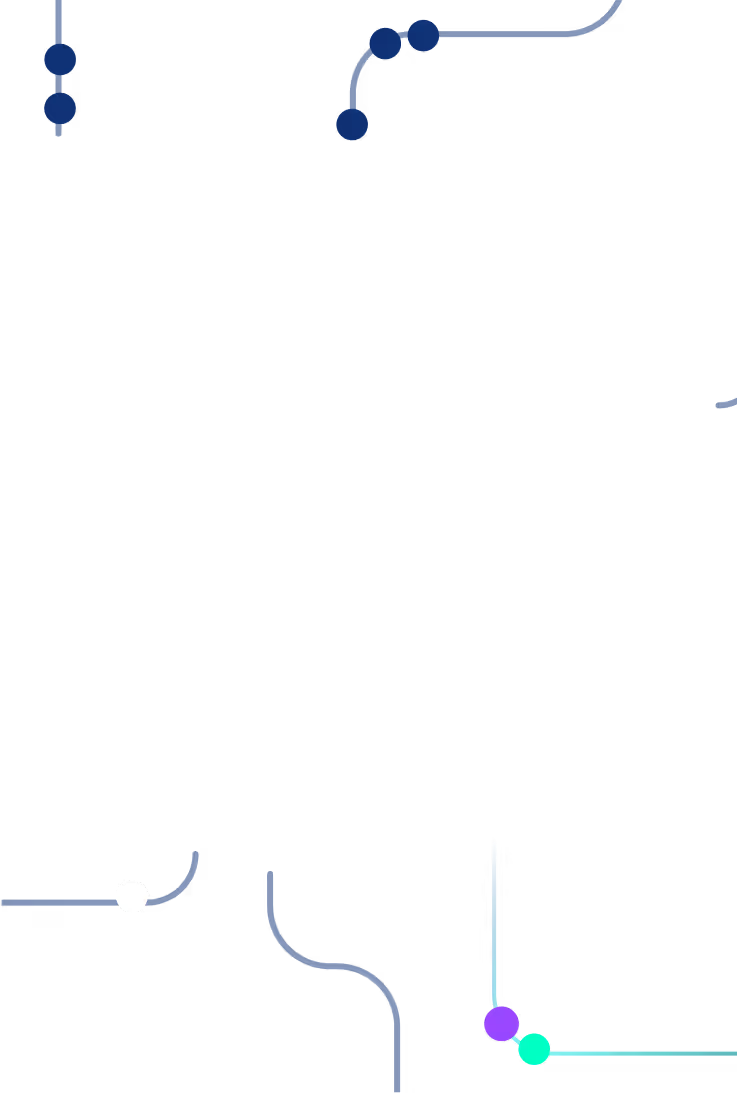CRM that powers sales-led SaaS growth
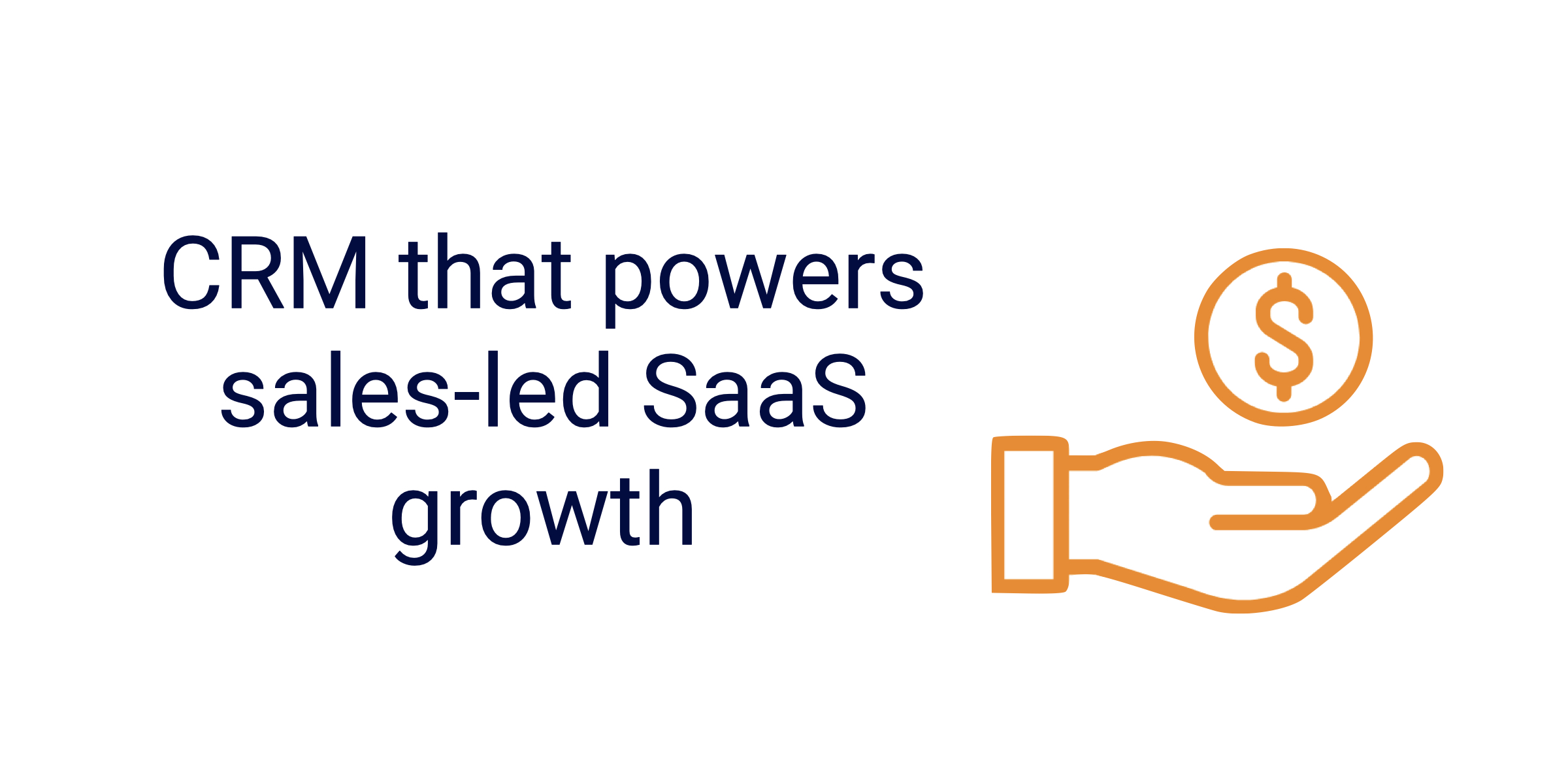
CRM that powers sales-led SaaS growth



What to look for and why it matters
Are you looking to tighten the sales process for your SLG SaaS business?
Do your platforms for booking team meetings and closing deals feel more like a reporting tool than a revenue engine?
Well, you are in the right place for business growth solutions.
In a Sales-Led Growth model, CRM isn’t just admin; it’s central to revenue execution. A poorly performing CRM system will create bottlenecks and reduce your business efficiency. The right CRM for your business should enable pipeline creation, process discipline and predictable revenue growth.
💡 Book a free CRM for SLG consultation
What does a CRM need to do for an SLG SaaS business?
In a Sales-Led Growth (SLG) motion, particularly in SaaS, your CRM is the heartbeat of your sales organization. It needs to do more than just track contacts or log calls; it has to drive deal velocity, improve collaboration, and provide strategic visibility for every level of the sales pipeline.
Below are the core capabilities every CRM should deliver to support a high-performing SLG motion, broken down by key functional areas with associated pain points and CRM-driven solutions.
1. Pipeline Management & Forecasting
Pain Points:
- Inaccurate forecasts due to inconsistent deal tracking
- No standardized sales stages, leading to pipeline bloat
- Sales leaders flying blind without real-time visibility
What Your CRM Needs:
- Customizable Deal Stages: Every sales organization has a unique process. The CRM should allow full customization of deal stages to reflect your actual buying journey—whether that's "Demo Scheduled" or "Legal Review."
- Weighted Forecasting: Not all pipelines are equal. Your CRM should support weighted forecasting based on deal stage probabilities, helping revenue leaders make more confident projections.
- Real-Time Dashboards: Instant visibility into pipeline health, deal progression, and forecast categories gives reps and managers a shared understanding of what’s real and what’s at risk.
Key Outcome: Improved forecast accuracy and strategic resource allocation.
2. Deal Collaboration & Sales Process Visibility
Pain Points:
- Reps managing deals in silos
- Lost context across handoffs (e.g. Sales Development Representative to Account Executive, Account Executive to Sales Engineer)
- Lack of insight into buyer engagement across touchpoints
What Your CRM Needs:
- Internal Notes & Activity Logs: Threaded notes, @mentions, and activity history allow teams to collaborate asynchronously and document context at every stage.
- Multi-Threading Visibility: Track all stakeholders involved in a deal and ensure communication is happening across multiple contacts, not just one champion.
- Email Sync & Call Tracking: Integrate with your communication tools so every email, call, and meeting is logged automatically. This reduces manual entry and provides a full view of engagement history.
Key Outcome: Better team alignment and higher close rates through shared deal context.
3. Advanced Contact & Account Management
Pain Points:
- Confusion over who owns what accounts
- Hard to manage large buying committees
- Missed handoffs or duplicate outreach across territories
What Your CRM Needs:
- Multi-Stakeholder Tracking: Modern B2B deals involve 6–10+ decision-makers. Your CRM should let you group contacts under a single account and tag their role in the buying process (e.g., champion, economic buyer, blocker).
- Account & Territory Assignments: Sales ops needs to define territories clearly. The CRM should enforce routing rules and ownership to prevent rep conflicts and ensure equitable distribution.
- Relationship Mapping: Visual tools to understand the organizational chart and who influences whom help reps build better stakeholder engagement strategies.
Key Outcome: Smarter account coverage and more effective selling into complex organizations.
4. Sales Playbooks & Automation
Pain Points:
- Reps forget to follow up
- Inconsistent execution of the sales process
- Manual, repetitive tasks are draining productivity
What Your CRM Needs:
- Sales Playbooks: Guided paths built into the CRM that show reps what to do at each stage, ensuring consistency, for example, questions to ask, content to share, and criteria to qualify.
- Lead Routing Rules: Automatically assign leads based on geography, account tier, or other logic to speed up response time.
- Task Automation & Reminders: Auto-generate tasks for follow-ups, handoffs, and renewals. Push alerts to reps for time-sensitive actions so nothing slips through the cracks.
Key Outcome: More consistent rep execution and higher throughput.
5. Reporting for Sales Leaders
Pain Points:
- Difficult to get granular rep performance data
- No insight into stage-level bottlenecks
- Reporting is manual and lagging
What Your CRM Needs:
- Custom Dashboards: Allow leaders to monitor pipeline velocity, win rates, and open opportunities by stage or rep in real time.
- Stage Conversion Metrics: See how deals are flowing through the funnel, and where they’re getting stuck. Identify top-performing reps and best practices.
- Historical Trend Analysis: Track quarter-over-quarter performance and forecast accuracy to adjust strategy proactively.
Key Outcome: Data-driven coaching and leadership that drives revenue predictably.
The CRM needs of an SLG SaaS business summarised
The right CRM for an SLG SaaS motion isn’t just about managing data—it’s about empowering your sales team to move faster, work smarter, and win more. Look for tools that don’t just store information but actively drive process, collaboration, and insight across the go-to-market engine.
If your current CRM can’t support these five critical areas, it may be time to reevaluate. Because in SaaS, sales speed and clarity are competitive advantages, and your CRM should be the engine that powers both.
ℹ️ If you run a PLG business, read our blog all about CRMs for PLGs
How SLG and PLG CRM Needs Differ
The needs of SLG and PLG businesses differ greatly as the two business types operate from very different starting points. SLG businesses depend on the sales team to drive revenue growth, while PLG businesses rely on the product to attract and retain users.
Below is a side-by-side comparison of the CRM needs of an SLG business and a PLG business to give you an overview of these two business models.
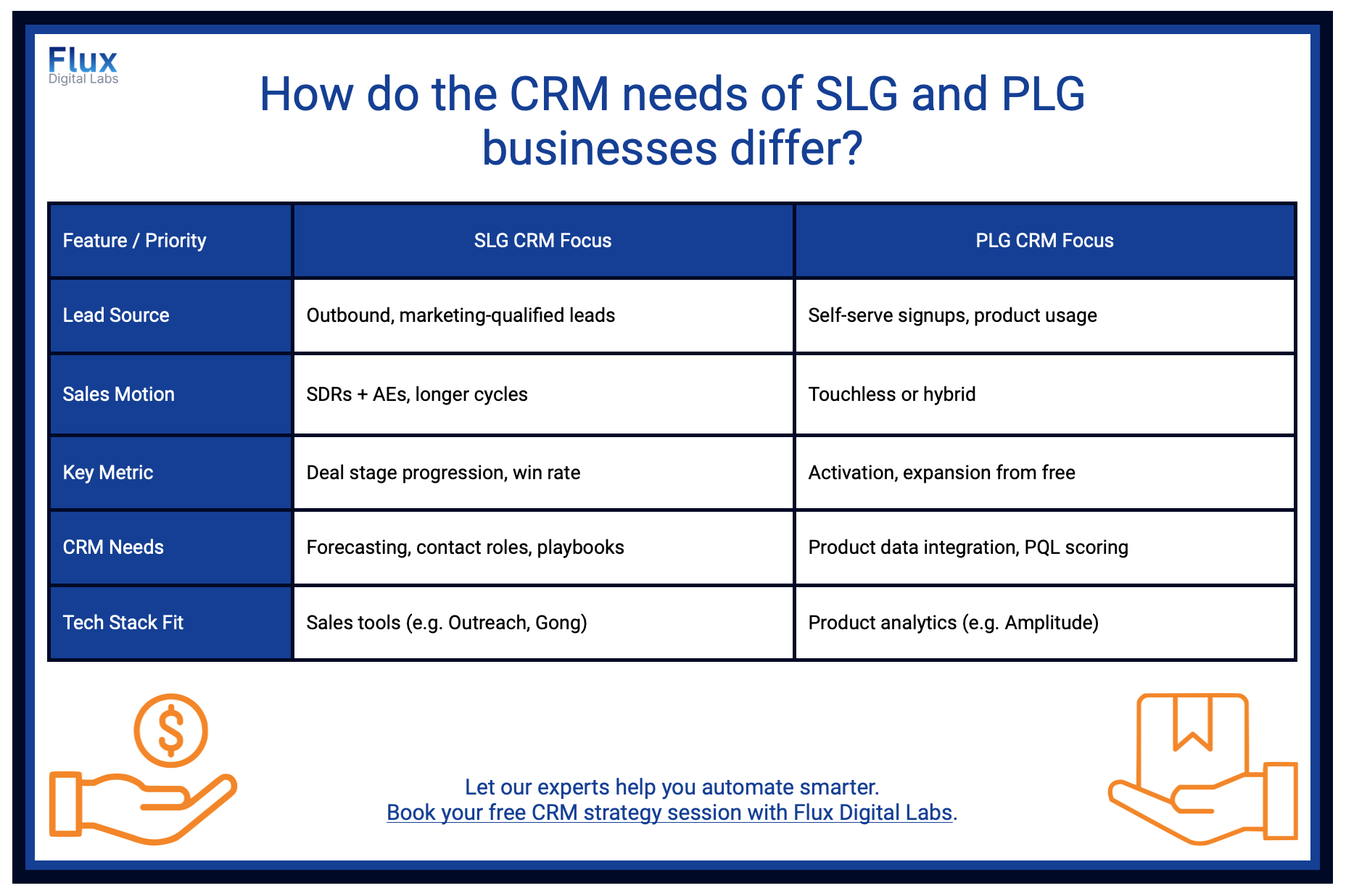
⬇️ Download this resource as a PDF
How to Choose the Right CRM for Your Sales-Led SaaS Team
Choosing the right CRM is critical for scaling your revenue team. In a Sales-Led Growth (SLG) motion, the CRM must act as a central command cente, not just for contact storage. It is vital for pipeline velocity, rep execution, and deal collaboration.
💡 Book a free CRM for SLG consultation
Run through this list and evaluate which CRM is right for your organization.
Must-Have Features
These are non-negotiable for SLG sales teams:
- Customizable Deal Stages & Pipelines
Match your unique sales process across segments (SMB, Mid-Market, Enterprise). - Advanced Account & Contact Management
Support for multi-threading, stakeholder tagging, and buying committee visibility. - Deal Collaboration Tools
Internal notes, @mentions, activity timelines, and visibility into deal history. - Sales Automation
Lead routing, task reminders, follow-up cadences, and integration with sequences. - Real-Time Reporting & Forecasting
Custom dashboards for stage conversion, rep performance, pipeline velocity, and forecast confidence. - Mobile & Offline Access
Reps on the move shouldn’t lose access to deal data or reminders.
Integration Ecosystem
Your CRM must fit into your existing tech stack, not fight it.
- Sales Engagement Tools: Outreach, Salesloft, Apollo
- Prospecting & Data Tools: ZoomInfo, LinkedIn Sales Navigator, Lusha
- Calendar & Email: Google Workspace, Microsoft 365
- Communication: Slack, Dialpad, Gong
- Marketing Automation: HubSpot, Marketo, Pardot
- BI/Reporting: Looker, Tableau, Microsoft Power BI
Pro Tip: Ask if integrations are native or require third-party middleware (like Zapier or Tray.io).
Onboarding Time & Ease of Customization
Your team doesn’t have 6 months to implement a CRM.
- Fast Time-to-Value: Can it be deployed in days/weeks, not quarters?
- Admin-Friendly Customization: Can your ops team adjust fields, layouts, workflows, and reports without developer resources?
- Out-of-the-Box Templates: Are there pre-built dashboards, pipeline templates, and sales playbooks?
Bonus: Look for CRMs with sandbox environments for testing changes before pushing to production.
Smart Questions to Ask CRM Vendors
Use these to dig deeper and go beyond the demo:
- “How does your CRM support deal inspection across a multi-rep team?”
Look for features like activity logs, multi-threading, and rep handoff tools. - “Can we build and customize dashboards without a dedicated developer?”
- “How do you support sales process enforcement and playbooks inside the CRM?”
- “How does your platform integrate with our sales engagement and prospecting tools?”
Don’t accept “Yes” at face value—ask for a demo of live integrations. - “What’s your average onboarding time for a 20-person sales team?”
- “How does your CRM help us manage large accounts with multiple stakeholders?”
- “What kind of forecasting models do you support—basic, weighted, AI-assisted?”
Final Criteria to Consider
- Scalability: Can it grow with your team and complexity?
- User Adoption: Is the interface intuitive and fast for reps?
- Mobile Experience: How usable is the CRM on mobile?
- Customer Support & Community: Will you get hands-on help post-sale?
CRM Evaluation Checklist for SLG SaaS Teams
A well-matched CRM can drive operational efficiency, rep productivity, and revenue growth. Use this downloadable CRM evaluation proforma to compare CRM platforms across the capabilities your SLG team needs most.
It includes:
- A features checklist, covering core CRM functionality, sales process enablement, and reporting
- Questions to ask CRM vendors about sales execution, forecasting, and support
- Implementation tips for before launch, during the setup and post-launch
⬇️ Download the full checklist as a PDF
Final tip when choosing your CRM
Don't choose the most powerful CRM. Choose the one your team will actually use.
Ease of use, tight integrations, and clean data workflows often matter more than features buried in complexity.
If you're looking to tighten your pipeline, drive better rep performance, and hit revenue goals more predictably, it starts with your CRM.

